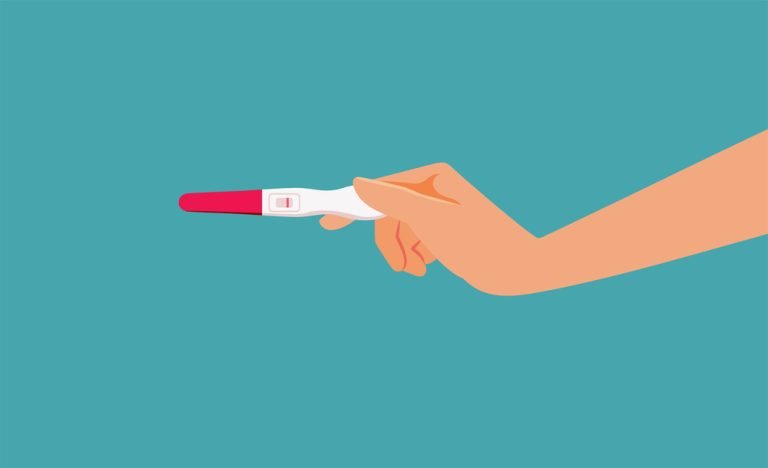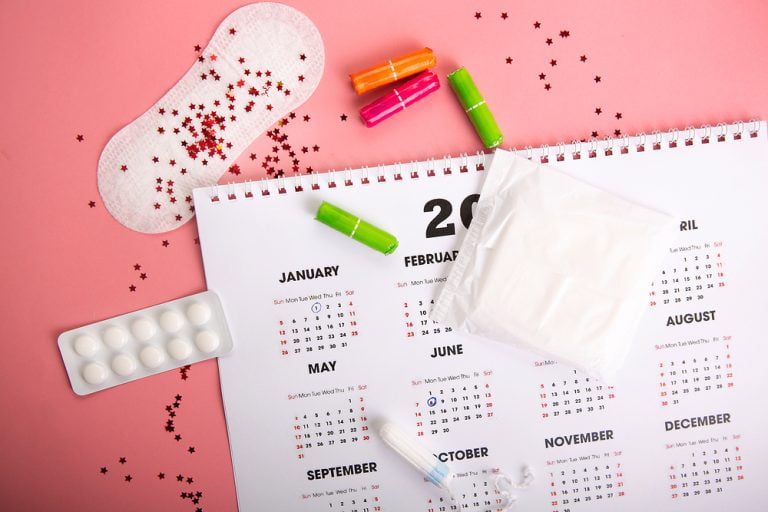Using a vaginal suppository is generally the most effective way to take progesterone. Not only does it bypass the digestive system, but it’s also easy to administer and completely painless, unlike shots!
The only downside is that they do take some time to be absorbed. So, you should wait at least 15 minutes and, ideally, 30 minutes to pee after a progesterone suppository. But this isn’t the only timing that’s vital to get right. What about exercising, driving, or having sex?
To make things easy, we’ve summarized everything you need to know about what you can and can’t do after your progesterone suppository.
In a Hurry?
Here’s a quick breakdown of every activity that might cause an issue and how long you need to wait:
| Activity | How Long to Wait After Using a Progesterone Suppository |
|---|---|
| Stand-Up and Walk Around | 15 minutes |
| Pee | 30 minutes |
| Shower | 30 minutes |
| Poop | 1 hour |
| Exercise | 1 hour |
| Apply Other Vaginal Medication | 6 hours |
| Drive | 1 day after 1st dose |
| Have Sex | Best before application |
| Take a Bath | Best before application |
| Use a Tampon | At the end of your treatment |
| Wear Tight, Non-Breathable Clothing | At the end of your treatment |
Activities After Using a Progesterone Suppository
Now that you’ve got the overview, here’s a little more detail about why you must wait and some top tips to make life easier.
Stand Up and Walk Around – 15 Minutes
You may experience excess discharge and some leakage after using a suppository. Generally, this is just the casing and not the active ingredient. But, to avoid any doubt, try to lie down for 15 minutes after insertion. Many manufacturers recommend 30 minutes to be extra safe.
Pee – 30 Minutes
Being told you can’t pee, particularly if you’re in late pregnancy, is guaranteed to make you need to go. Unfortunately, if you’ve just inserted your vaginal suppository, it’s best to wait at least 30 minutes. This will allow the medication time to be fully absorbed into your bloodstream, ensuring you get the full dose.
To make things easier, pee right before inserting the suppository and try to relax with some TV or a good book. You can also use it before bed.
Shower – 30 Minutes
Sometimes inserting a suppository can get messy. Particularly if it’s started to melt or you’ve used a lubricant like petroleum jelly. However, you should resist the urge to shower for at least 30 minutes to ensure the progesterone is fully absorbed.
Poop – 1 Hour
As you will need to push, you should wait a little longer before you poop. Ideally, you shouldn’t move your bowels for at least an hour after inserting your progesterone.
However, as one side effect of the medication is diarrhea, sometimes you just can’t wait. If this affects you, speak to your doctor, and they can prescribe a different medication or something else to help.
Exercise – 1 Hour
Due to dizziness as well as leakage, you should wait 1 hour before attempting strenuous exercise.
Apply Other Vaginal Medications – 6 Hours
A frustrating side effect of progesterone treatments is that they can cause yeast infections, which may have you reaching for yet another suppository.
Unfortunately, you shouldn’t use them at the same time, and you must wait 6 hours after inserting your progesterone before applying any other vaginal medications.
Important: Always check with your doctor before using any other medications to ensure there are no contraindications.
Drive- 1 Day After Your First Dose
Taking progesterone may make you feel dizzy, sleepy, or weak, and in rare cases, it can cause allergic reactions. For this reason, after your first dose, you should wait 6 hours and ideally 24 hours before driving, just to see how it affects you.
If you’re lucky, you won’t experience any of these symptoms and can resume driving normally. You don’t have to keep waiting after each dose.
Have Sex – Best Before Application
While it’s safe for both you and your partner to have sex 30 minutes after insertion, it’s best to have intercourse first. This will ensure the medication is absorbed and avoid any irritation some couples report.
Take a Bath – Best Before Application
Again, most of the medication will be absorbed after 30 minutes. However, as taking a bath is unlikely an emergency, it’s best to do it before inserting a suppository.
Use a Tampon – At the End of Your Treatment
While it might be tempting to try to soak up the excess discharge, don’t wear a tampon when using progesterone suppositories. The tampon may absorb the progesterone faster than your body and reduce its effectiveness.
Instead, opt for pantyliners or menstrual pads for the duration of your treatment. Remember to change your pad every couple of hours. This will keep the area as dry as possible, which will help prevent yeast infections.
Wear Tight, Non-breathable Clothing – At the End of Your Treatment
Due to the increased risk of a yeast infection, wear cotton panties, loose-fitting pants, and breathable materials during your progesterone treatment.
When to Use a Progesterone Suppository
The best way to fit progesterone into your regular routine is to take it when you’re lying down anyway.
Most doctors will prescribe a suppository to be used twice a day, so first thing in the morning and at bedtime are ideal times to insert it.
Dose One – Morning
As the medication needs time to absorb, set your alarm 15 minutes early. Then, when you wake up, pee, insert the suppository, and get back into bed. You may also want to shower first if your morning schedule is packed.
Dose Two – Bedtime
Your suppository should be the last thing you do before you go to sleep. So, if you plan to have sex, do it first, and don’t forget to pee afterward! You may also need to sleep wearing a sanitary pad or pantyliner.
Important: Always wash your hands before and after inserting a suppository.
What to Expect After Using a Progesterone Suppository
After insertion, the waxy coating around the suppository will melt, releasing the medication into your bloodstream. The most noticeable effect will be an increase in discharge, which will be heaviest immediately after insertion.
Other common side effects include:
- Vaginal itching or irritation
- Vaginal dryness
- Yeast Infection
- Nausea or vomiting
- Diarrhea
- Headaches
- Sleepiness
- Dizziness
Rarely, you may also experience:
- Pain when urinating
- Vaginal bleeding
- Headaches
- Vision problem
- Chest pain
- Mood swings
- Disturbed sleep
- Signs of a stroke or a blood clot
Report any side effects to your doctor. They can adjust your dosage or brand and check that you are inserting it correctly.




